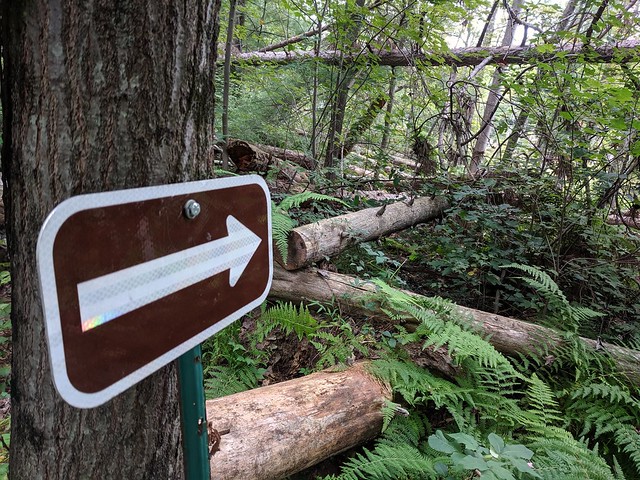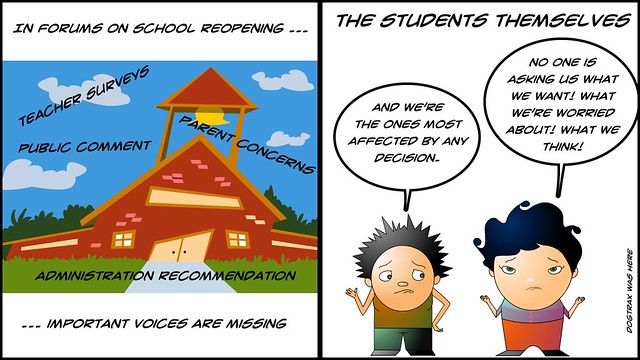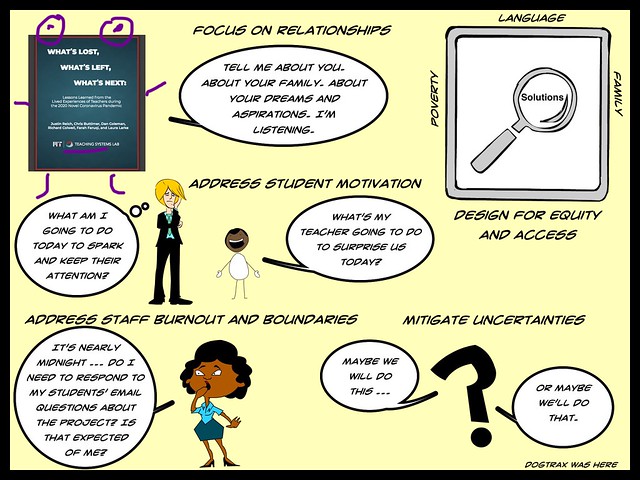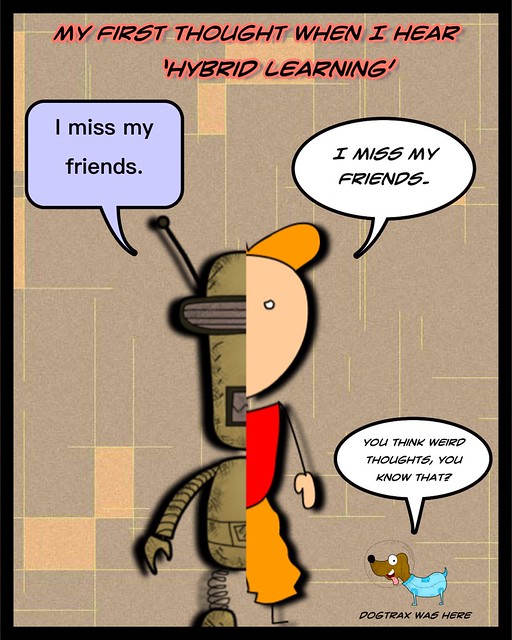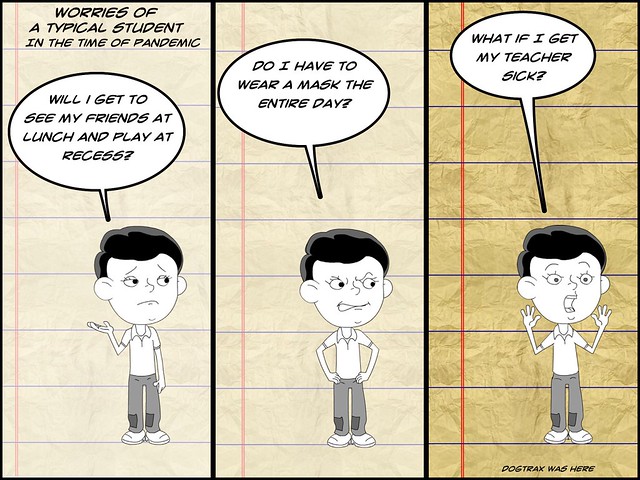I took part this week in a retreat this week for a project called Parks In Every Classroom, that is run by the National Park Service in the Northeast region to connect educational opportunities with National Park and Historic spaces.
I’ve been working as a teacher and consultant with the Springfield Armory National Historic Site, in my role with the Western Massachusetts Writing Project site, for the past five years or so, helping to run summer camps at the Armory for urban students and facilitating professional development for teachers. This work with PEC is not directly related to my role in the Write Out open learning initiative (coming again in October) with the National Writing Project but there are overlaps in colleagues and the shared goal of Place-Based Learning for students.
This my second Parks In Every Classroom retreat (last year, we went to the Delaware Water Gap Recreational Area; this year, we were home, zooming) and I continue to be impressed by how well-run the days are, how thoughtful and rich the conversations are, and how the participants (about 40 of us) grapple with tough questions.
This year’s theme was all about diversity, equity and race, and we dove deep into systematic racism, looking at schools and also looking at our National Parks, and how we might design educational opportunities to address why people of color don’t seem to use public spaces in large numbers. This forces sites to look at its own demographic make-up, how a park space is marketed to the public, what kinds of community connections are being made (or not) with what groups, etc.
We’ve had articles to read, videos to watch (including one with Robin DiAngelo, of White Fragility fame), and discussion groups. I’ve explored issues of ‘red lining’ (approval of bank loans for homes based on race and location, creating areas of poverty), and it’s impact on the school-prison pipeline; the way standardized testing’s history, originated in the terrible ideas of Eugenics and race, still has resonate today in who is considered intelligent and who has access to college, all via tests that are often rooted in white culture stories and passages; and an analysis of children’s picture books on why only white characters seem to be shown exploring nature spaces and National Parks, and what that message sends to other readers about who owns those spaces and who is not welcomed.
We worked on site-based action plans and having deep, and sometimes uncomfortable, discussions about race and access, and White Privilege, of noticing the different experiences of people based on race. Like many gatherings of teachers, this PEC group is primarily white and female, but outside consultants have joined in to help ups find ways for us to identify problems in our own systems and begin to play for action to address it.
As a teacher who is technically outside of the National Park Service, I applaud the courage of the PEC organizers to take on this issue of systematic racism, particularly knowing our work might be at political odds with the White House, the ultimate boss of federal agencies. That there are National Park Service folks, like those in PEC, willing to move ahead on race issues and White Privilege even in this rhetorical landscape of this particular time is admirable, and gives hope that our institutions can survive this moment we are in.
Peace (working on it),
Kevin
